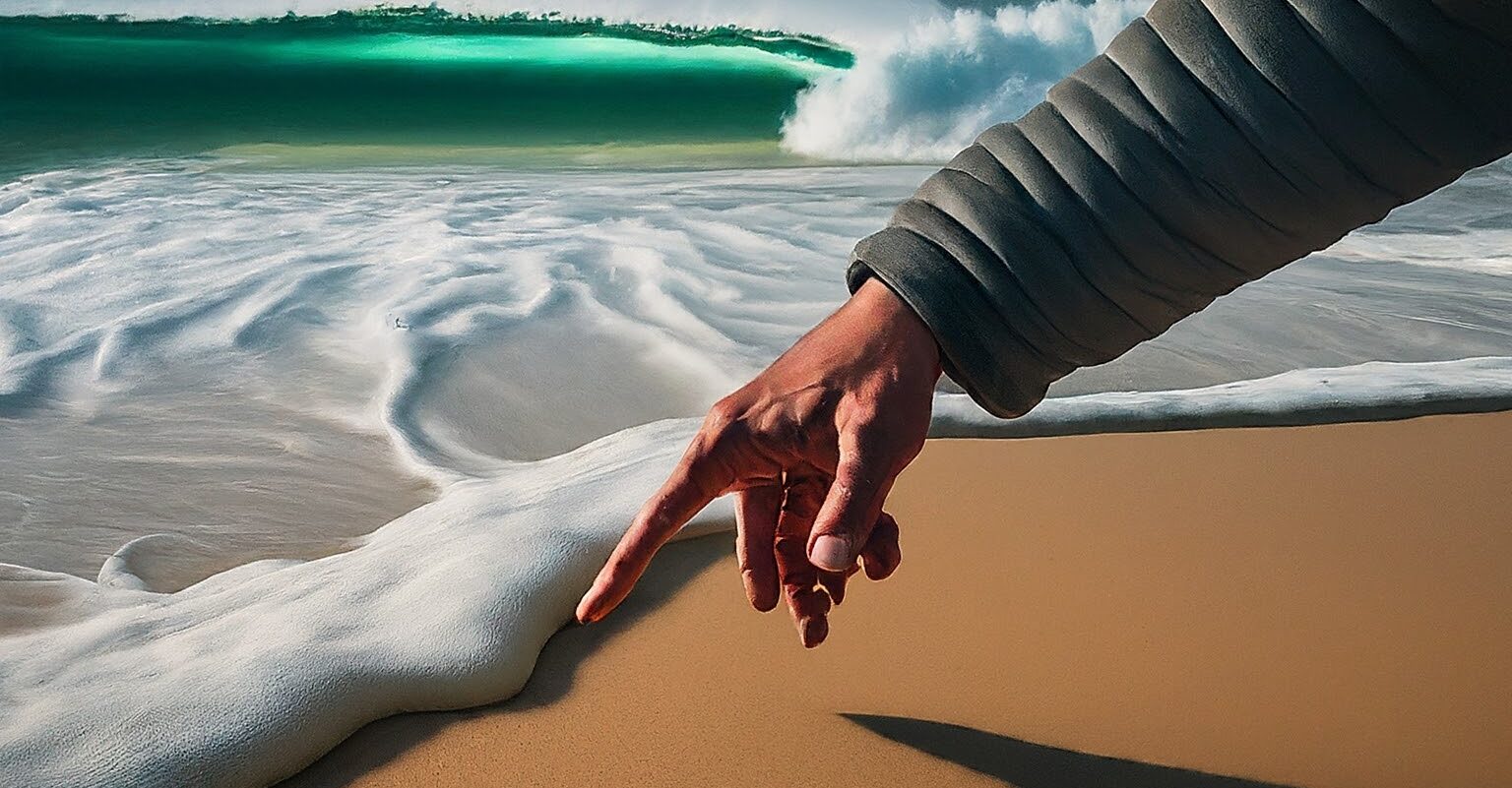Surf fishing champions know how to read the beach for surf fishing and that’s his success reason. The art of reading the beach is necessary to increase catch rates and experience the full charge of angling on the coast.
Surf fishing for beginners is easier than you think, Says (Take Me Fishing)
I think Knowing the meaning of beach features can importantly better your surf fishing game, and will help you to target quality fishing areas and reel in your prized catches with skill and power.
Let’s move forward, where I will discuss Beach Features, but before that, you can also check out my previous article of How To Rig Sand Fleas For Surf Fishing?
Understanding Beach Features
Sandbars:
Those underwater ridges or banks of sand parallel to the shoreline. Sandbars are important elements in the coastal ecosystem and offer shelter and feeding grounds for different marine species.
It’s easily identifiable by the breaking waves and changes in water depth they cause. Sandbars are natural habitats where fish are collected, so it’s a quality location for surf fishers like you, who are searching for a big catch.
Troughs:
Troughs, the calm channels nestled between sandbars, provide a place for baitfish and predatory species who are searching for relief from the crashing surf.
Their soft waters and darker changes make them different from the surrounding waves. As passageways of aquatic life, troughs shouId be favorite spots for you or surf fishers who aim to grab their targets as they travel the coastline.
Cuts & Holes:
Cuts and holes are the hidden treasures of the surf, it offers important ambush points and feeding grounds for voracious predators.
Cuts, gaps in sandbars, and holes, deeper depressions in the sand, create natural funnels that concentrate baitfish and nutrients, attracting larger gamefish in search of an easy meal. Savvy anglers recognize these subtle variations in the seabed and use them to their advantage when planning their fishing strategy.
Points & Jetties:
Points, jutting formations of sand or rock, and jetties, man-made structures designed to modify inlets, serve as focal points for marine activity along the coast.
They disrupt the flow of currents, creating eddies and rips that concentrate baitfish and predatory species. Anglers who position themselves strategically along points and jetties can capitalize on the abundance of marine life moving in the turbulent waters, increasing their chances of landing a prized catch.
Sandbars, troughs, cuts, and holes are key elements of the coastal ecosystem that offer prime habitats and feeding grounds for various marine species. Points and jetties serve as focal points for marine activity and concentration of baitfish.
Using Beach Features for Fishing
Casting Strategies:
To optimize your surf fishing experience, use targeted casting strategies made by the unique features of the beach. Cast along the sides of sandbars to intercept fish moving along the coastline, or target the calmer waters behind troughs where predatory species lurk.
Experiment with different casting angles and distances to explore the varied habitats within the surf zone, increasing your chances of enticing a strike with each well-placed cast.
Bait Selection:
Matching your bait selection to the current conditions and the behavior of your target species is crucial for surf fishing success. Prefer for live bait near structures and troughs to mimic natural prey behavior, or deploy heavier baits to reach deeper waters where larger predators await.
By understanding the preferences of your quarry and the dynamics of the coastal environment, you can enhance your chances of hooking the fish of your dreams.
Safety Awareness:
Safety should always remain a top priority. Be mindful of rip currents, changing weather patterns, and other potential hazards inherent to coastal environments.
Stay informed about tide changes and weather forecasts, and never tackle unfamiliar waters without proper preparation and protection. By prioritizing safety, you can enjoy a rewarding surf fishing experience while minimizing risks to yourself and others.
Strategically casting along the sides of sandbars and targeting calmer waters behind troughs can increase the chances of enticing a strike. Matching bait selection to winning conditions and fish behavior is crucial for surf fishing success.
Additional Tips
Tide and Weather Impact:
Tides and weather conditions apply a deep power on beach features and fish behavior. Learn to expect the effects of incoming and outgoing tides on water movement and fish activity, and to adjust your action accordingly.
Stay tuned to weather patterns such as wind direction and atmospheric pressure changes, which can significantly impact fishing conditions and success rates.
Local Knowledge:
Harness the collective wisdom of local tackle shops to gain insights into the intricacies of your chosen fishing location. Take advice on productive fishing spots, optimal bait choices, and effective techniques tailored to the unique characteristics of the coastline.
Practice Makes Perfect:
As with any skill, proficiency in reading the beach for surf fishing requires practice, patience, and perseverance. Give time to explore different beaches, observe tidal movements, and refine your casting techniques.
Welcome each outing as an opportunity to expand your understanding of the coastal ecosystem and better your angling skills. With each cast and retrieve, you’ll inch closer to mastering the secrets of the surf and achieving greater success on the water.
Finishing
So that’s enough for now make sure to also read my previous article on surf fishing. If you are struggling with surf fishing gear here is my complete article.
- Fenwick Eagle spinning rod review - March 22, 2024
- Is Night Fishing Legal? Your Complete Guide to Regulations After Dark - March 6, 2024
- How To Read The Beach For Surf Fishing? - March 2, 2024

